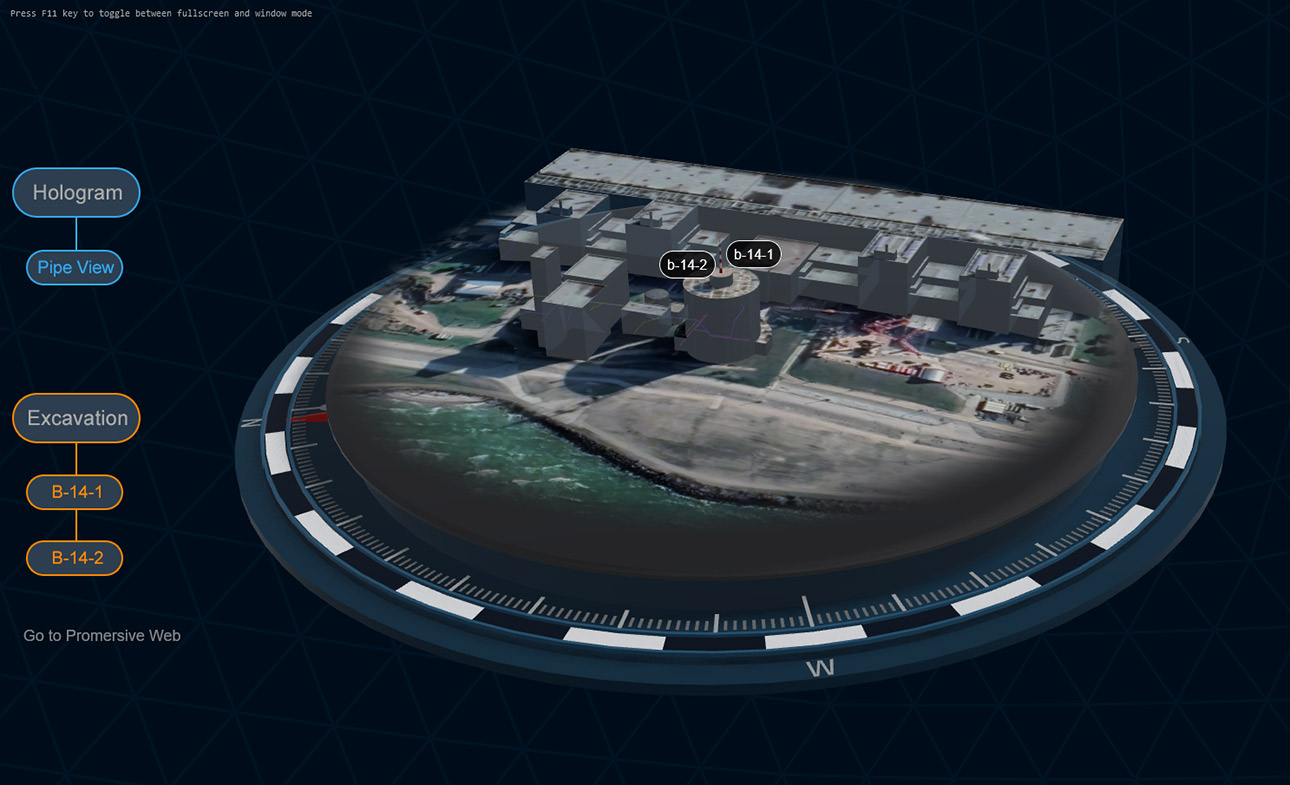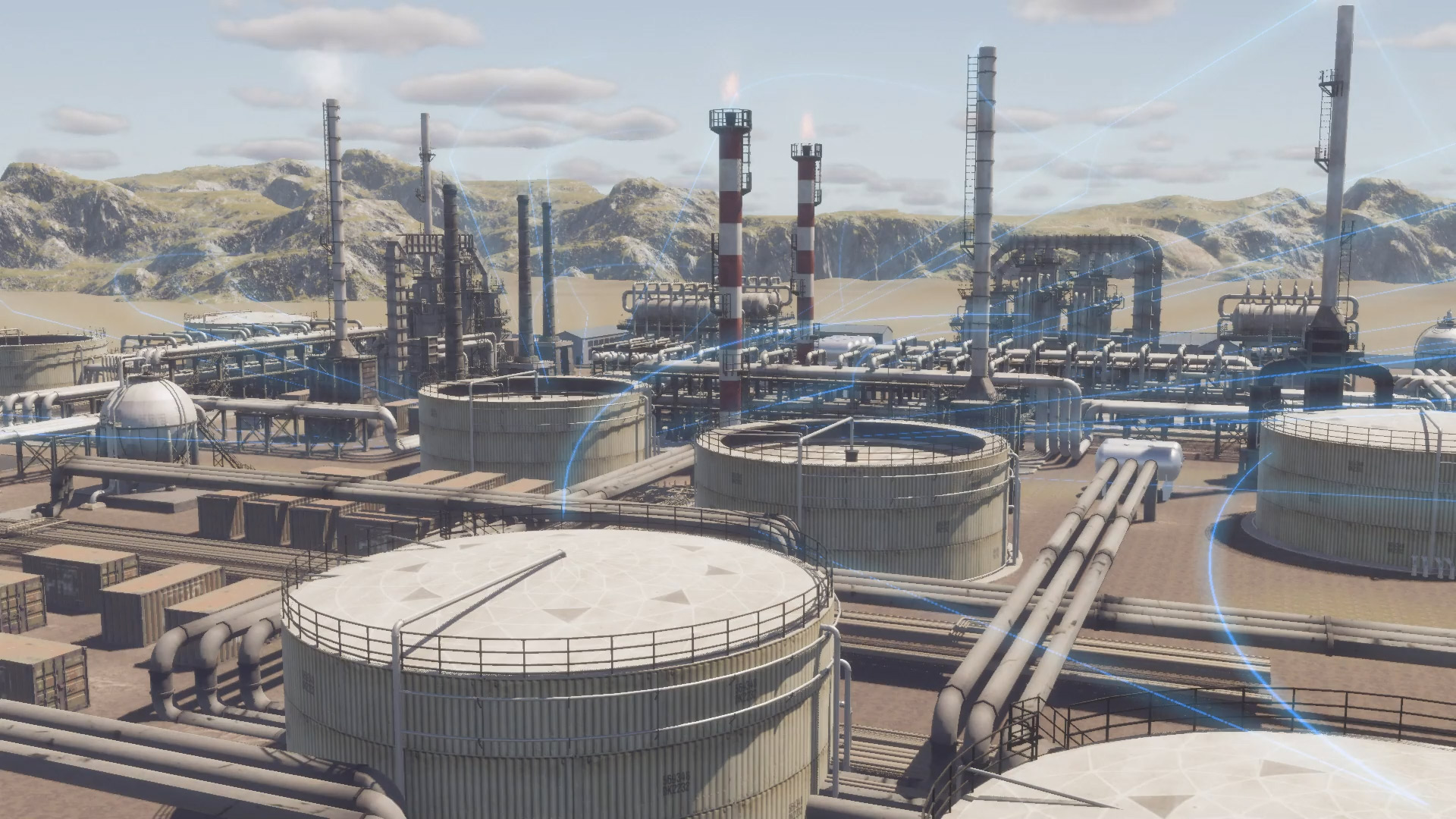
Promersive AR
Maya . Unity | Developed for Microsoft HoloLens | This project was finalized in September 2023
I had the privilege of contributing to an augmented reality app project called Promersive as a 3D artist. My role involved tasks such as modeling, lighting, texturing, optimizing, and animating. I worked closely with the development team to ensure that the 3D assets were of the highest quality and met the specific requirements of the AR application.
The app’s AR capabilities enable users to overlay 3D data onto their real-world surroundings, providing a seamless integration of physical and digital environments. This allows them to visualize assets in their actual context, making it easier to identify defects and assess their severity. Additionally, the app provides a range of tools for annotating and marking up data, facilitating collaboration and communication among field teams.
Working on this project for Enerkeen was a truly rewarding experience. I am proud to have been part of a team that is developing innovative solutions that are making a real difference in the energy industry.
This project was done in collaboration with Abraham M. Hashemian, extended reality researcher, content creator, entrepreneur, and my employer as well as a few other talented team members.
Maya was used to create 3D models of pipes and tank for the app.
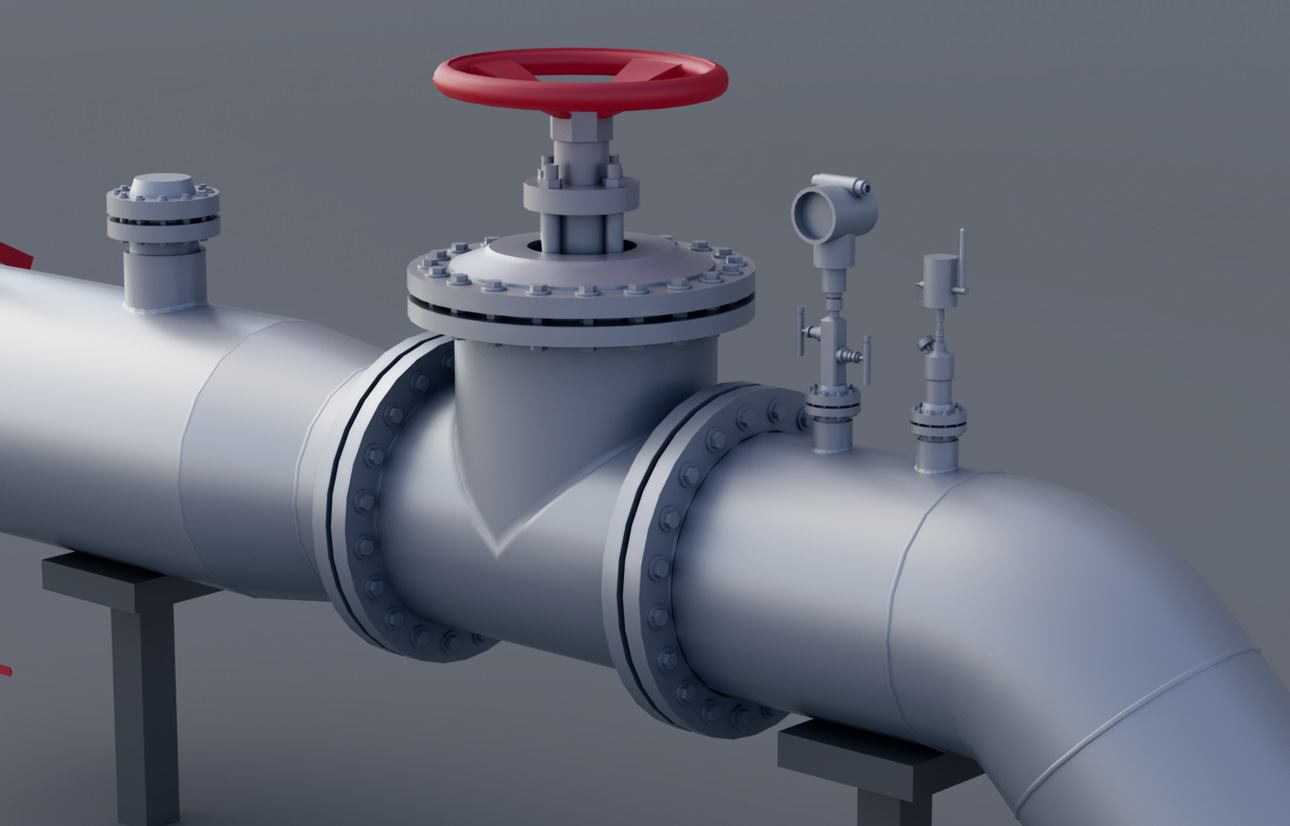
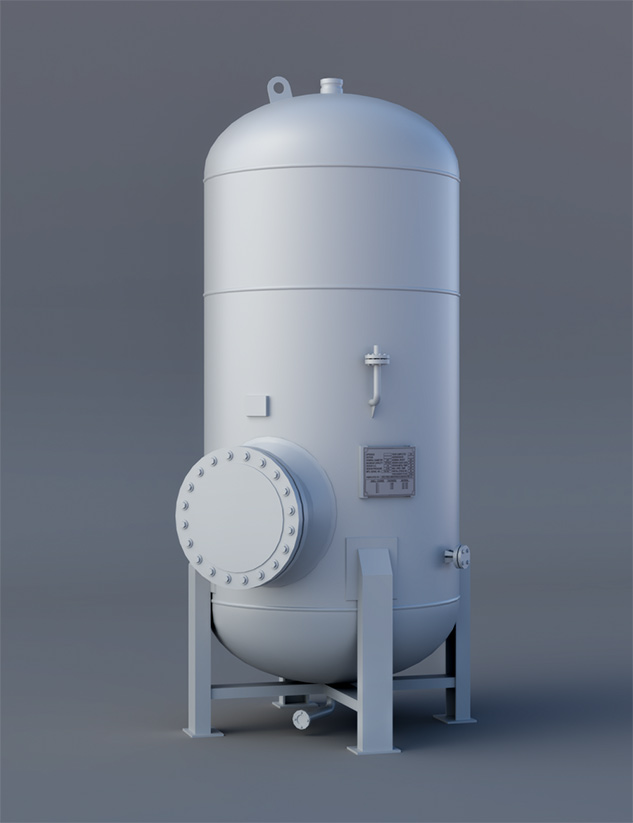
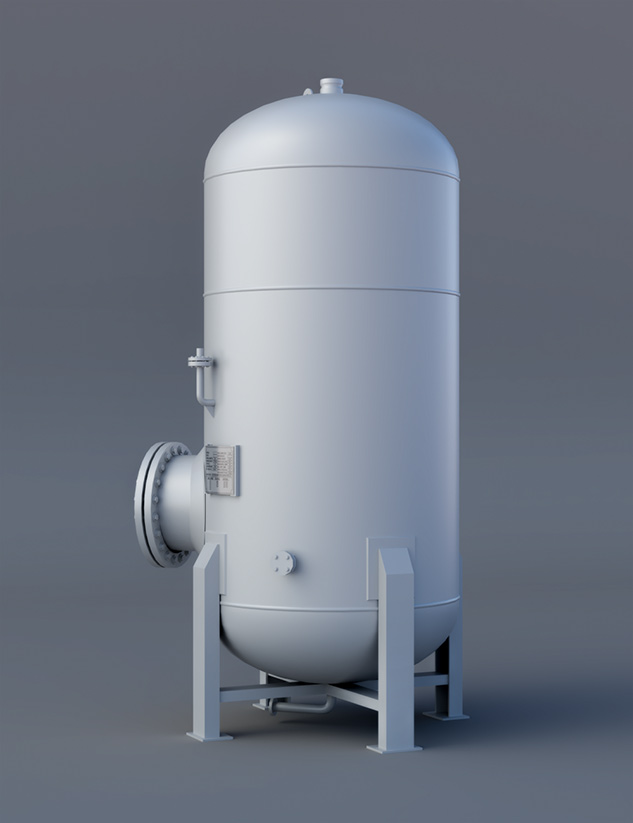
Two different versions of the excavation site
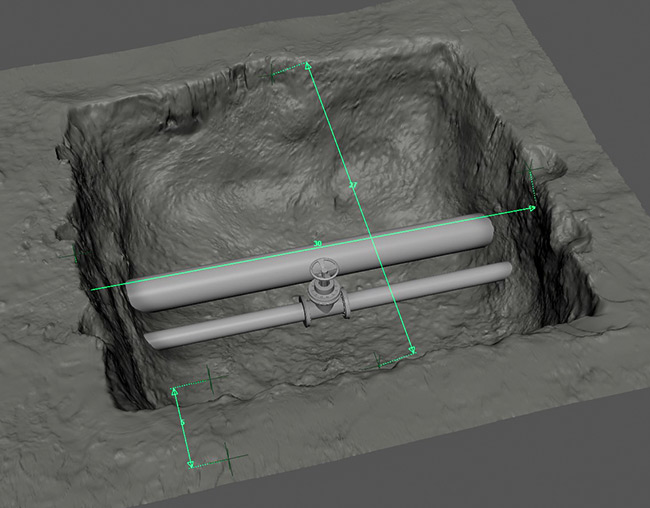
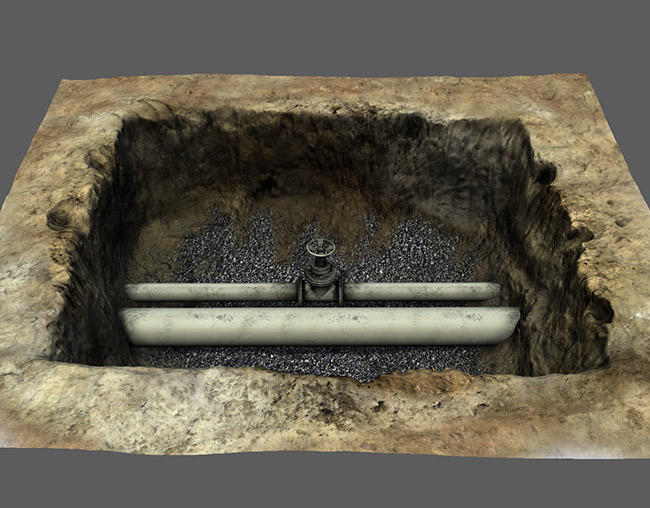
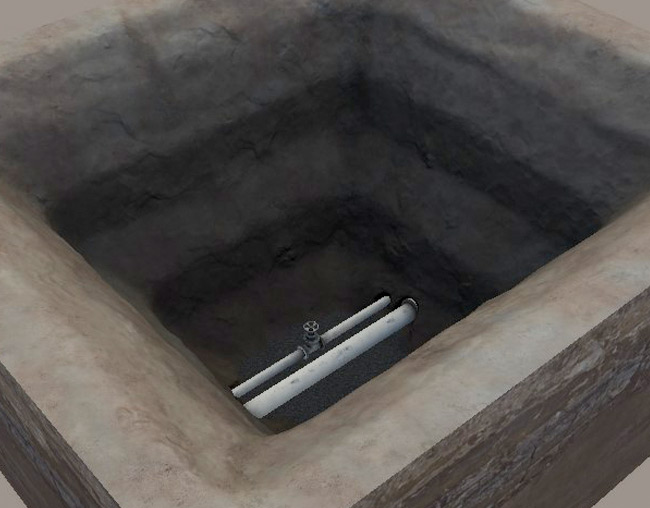
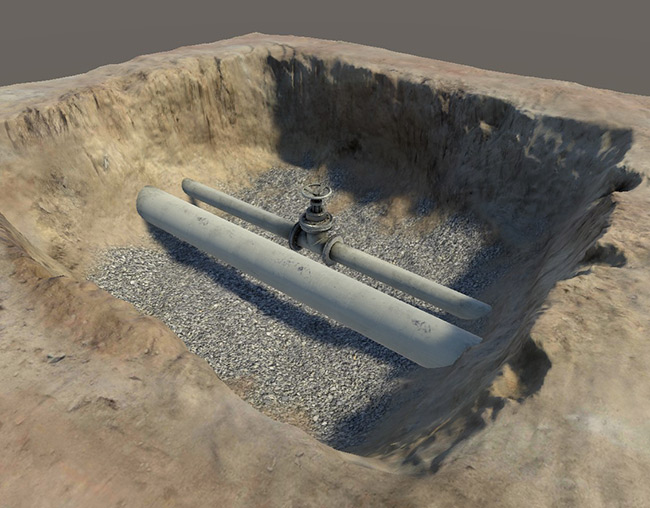
Placement of pipes and tank on the surface and their connection to subsurface pipes at an excavation site.
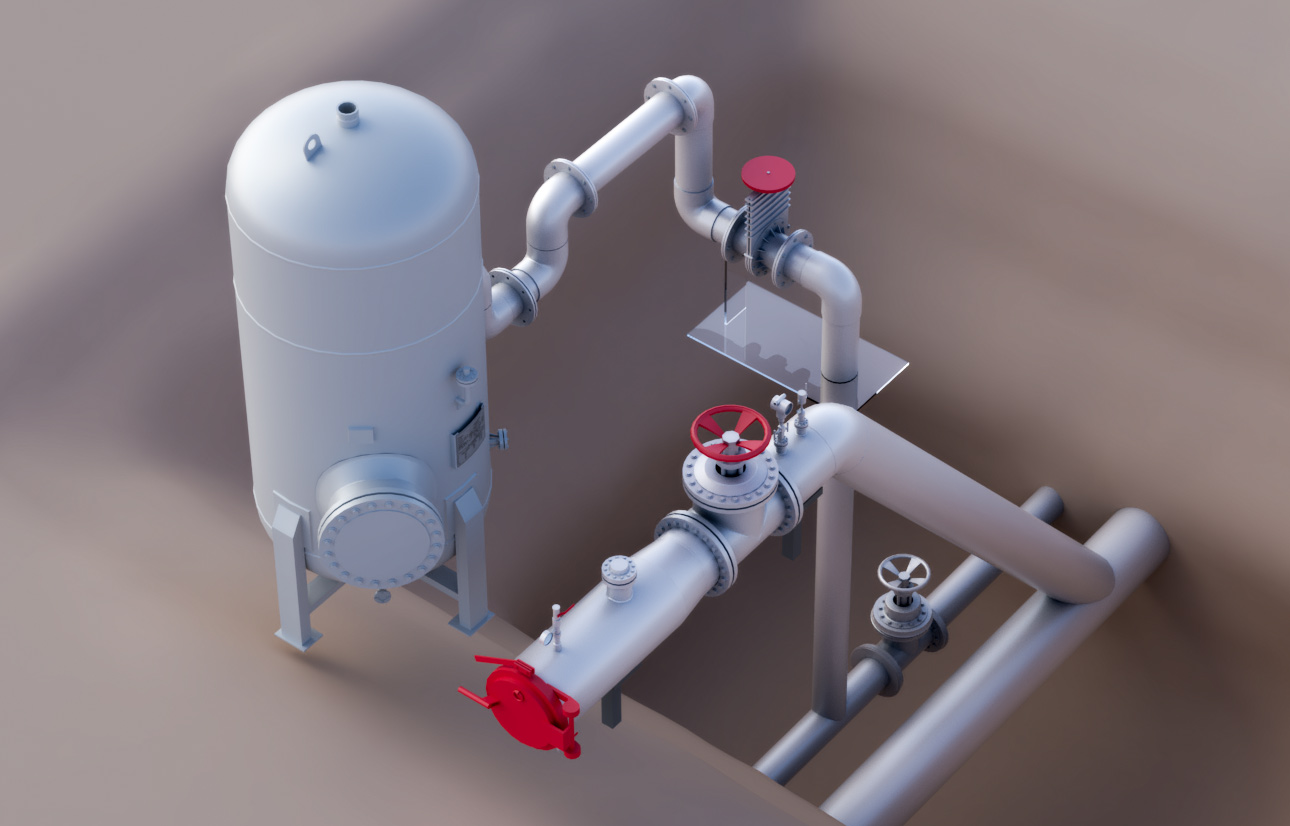
In these images, a 3D model of a tank has been added to a real photo of white sample pipes.
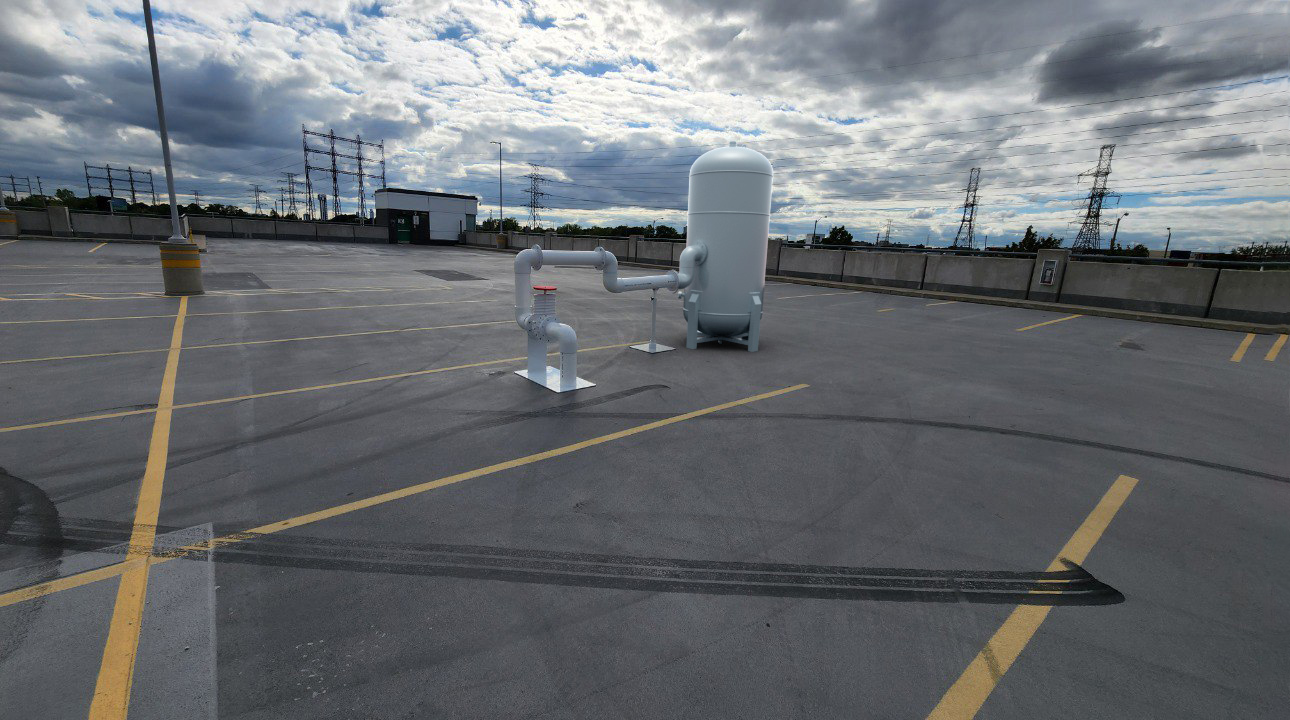

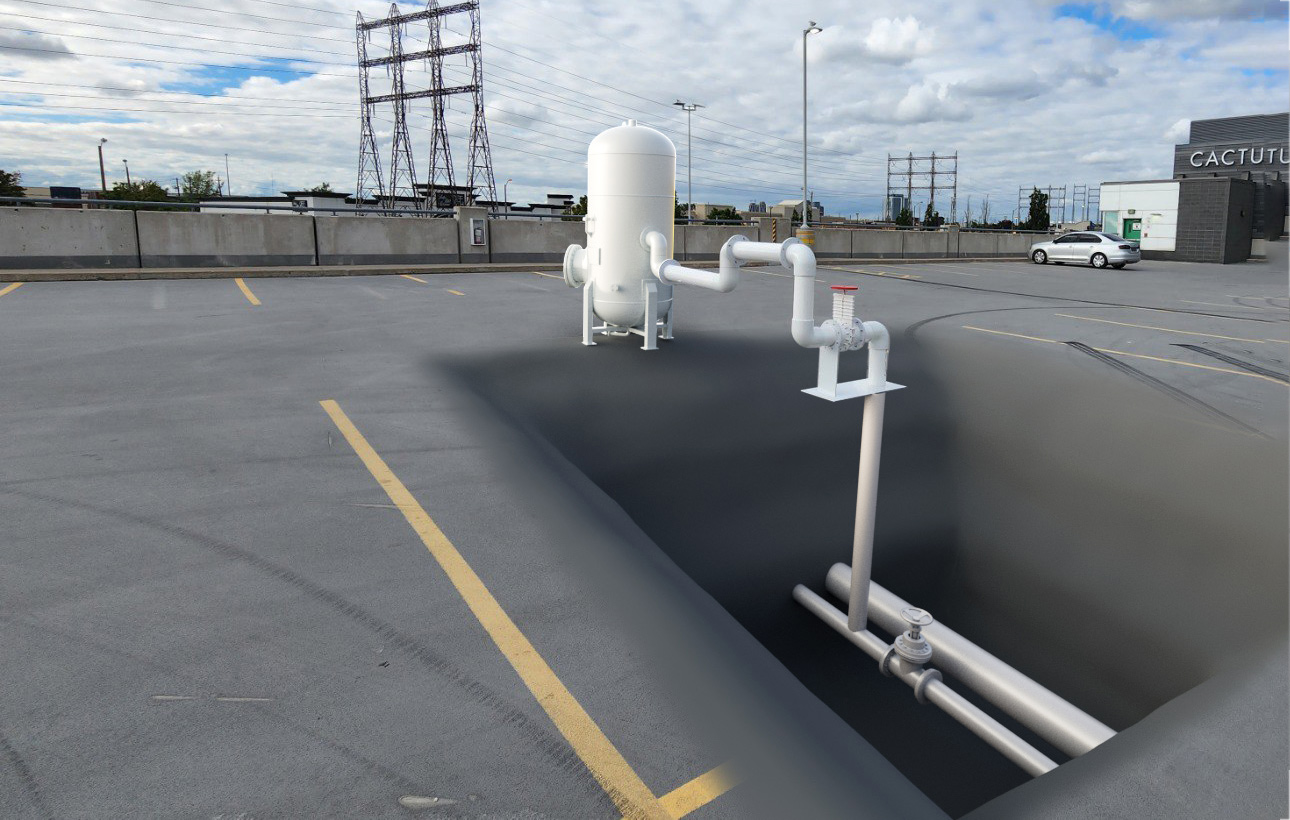
In this image, a 3D model of a technician has been added to a real photo of white sample pipes.
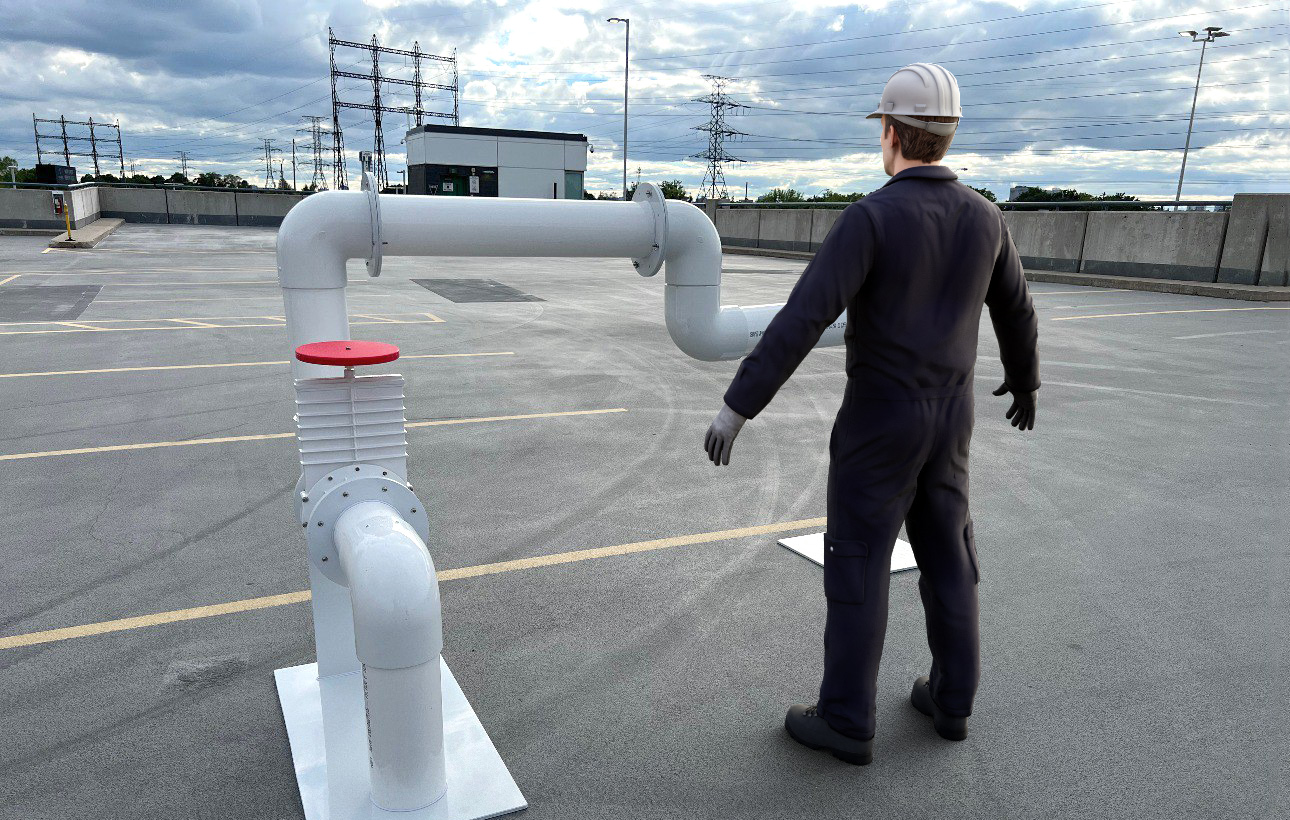
This image was rendered in 10 layers for an A3 printed poster.
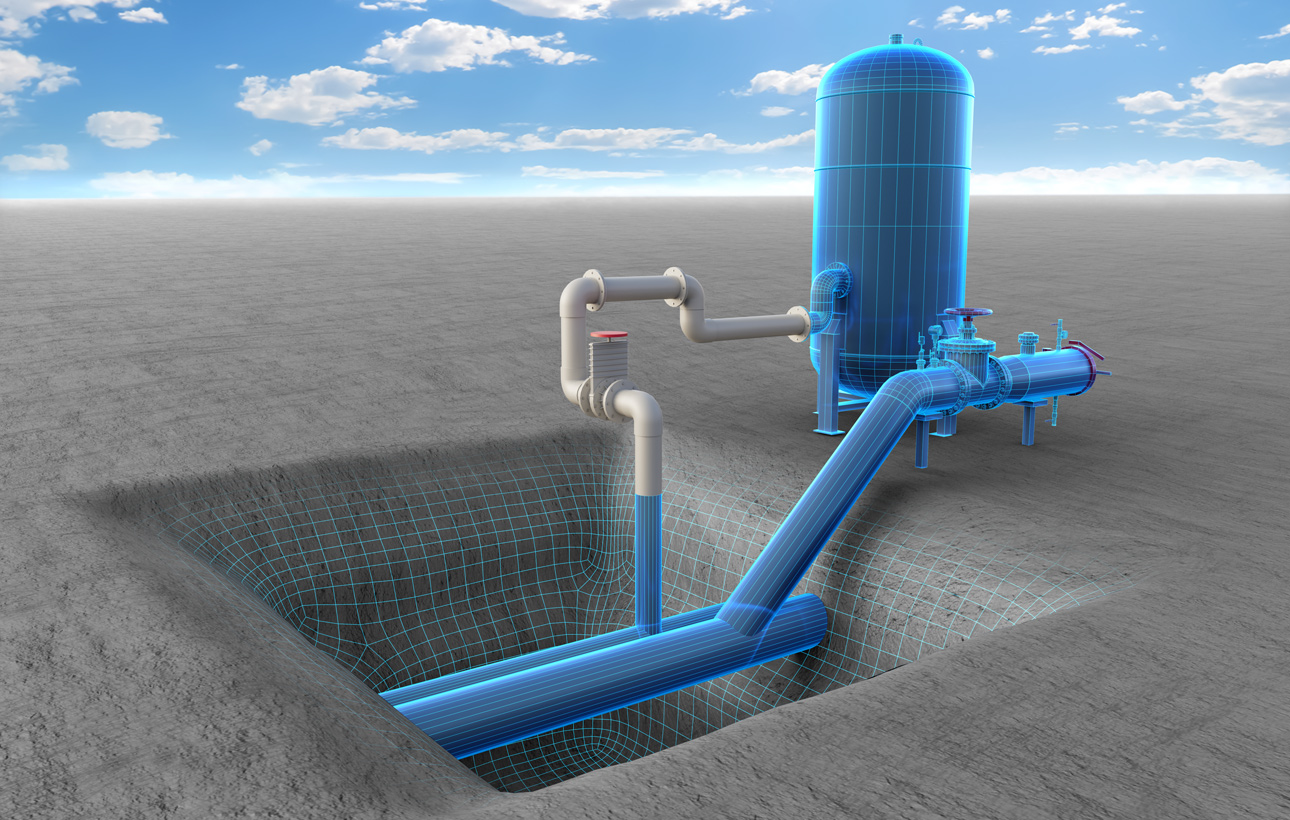
In this image, 3D models of a tank, excavation site, and underground pipes have been added to a real photo of white sample pipes.

In this Sketchfab version of the pipes and tank, some features of the app such as detecting leaks, corrosive, and other data visualizations are displayed.
A size-accurate 3D model of white pipes was created in Maya for use in the detection part.
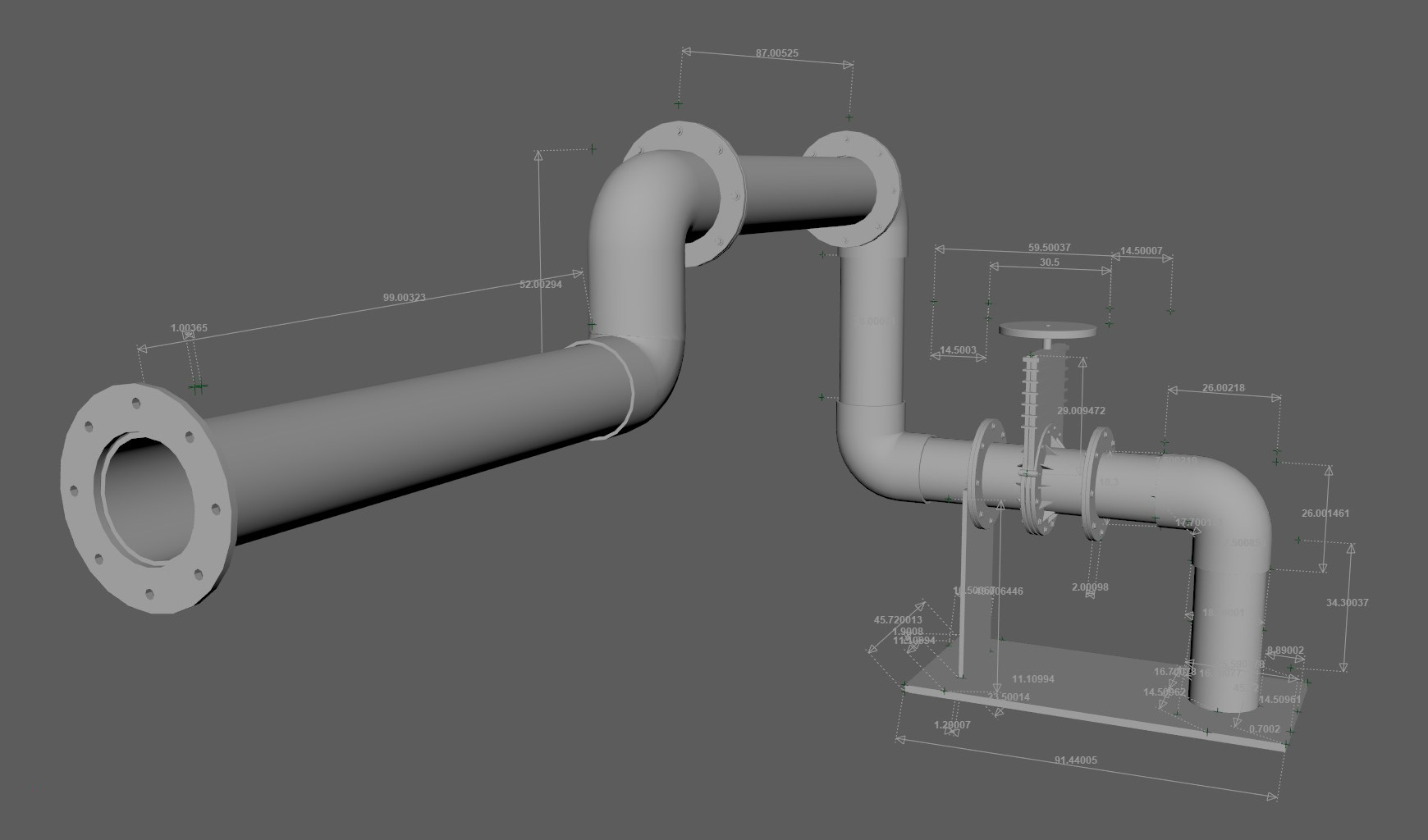
One of the challenges was creating tracking surfaces with a specific requirement. Each surface needed to have one of its normal axes exactly perpendicular to the surface, and its total area had to be added to the surface name. Doing this manually was very time-consuming that’s why a script in Maya was written to automate the process. The developer then used these surfaces, which corresponded to the original pipes in the real world, to identify corrosion, rust, or the like in the Unity engine.
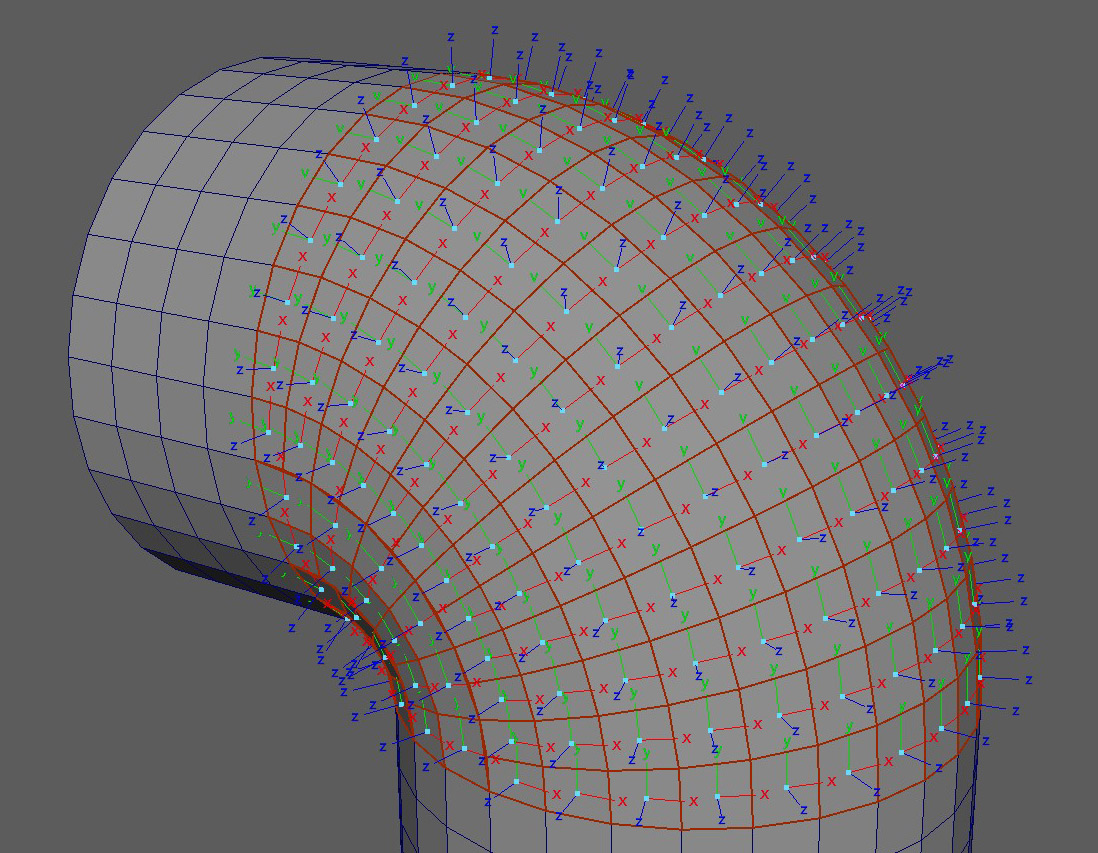
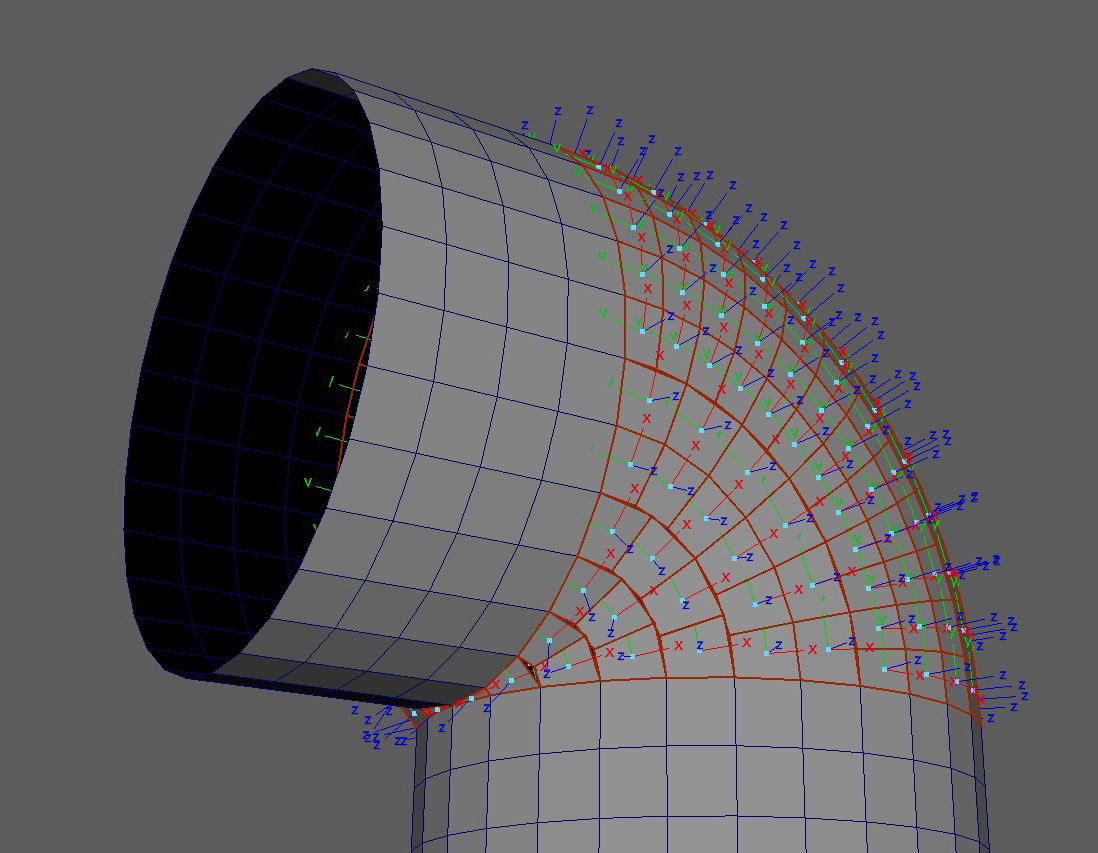
In another part, it was necessary to simulate the Bruce power plant as a simple 3D graphic on its surface so that its surface and subsurface pipes could be displayed correctly in the app. For this reason, Blender’s GIS add-on was used to convert the geographic information of the surface into a 3D model and extract its satellite photo.
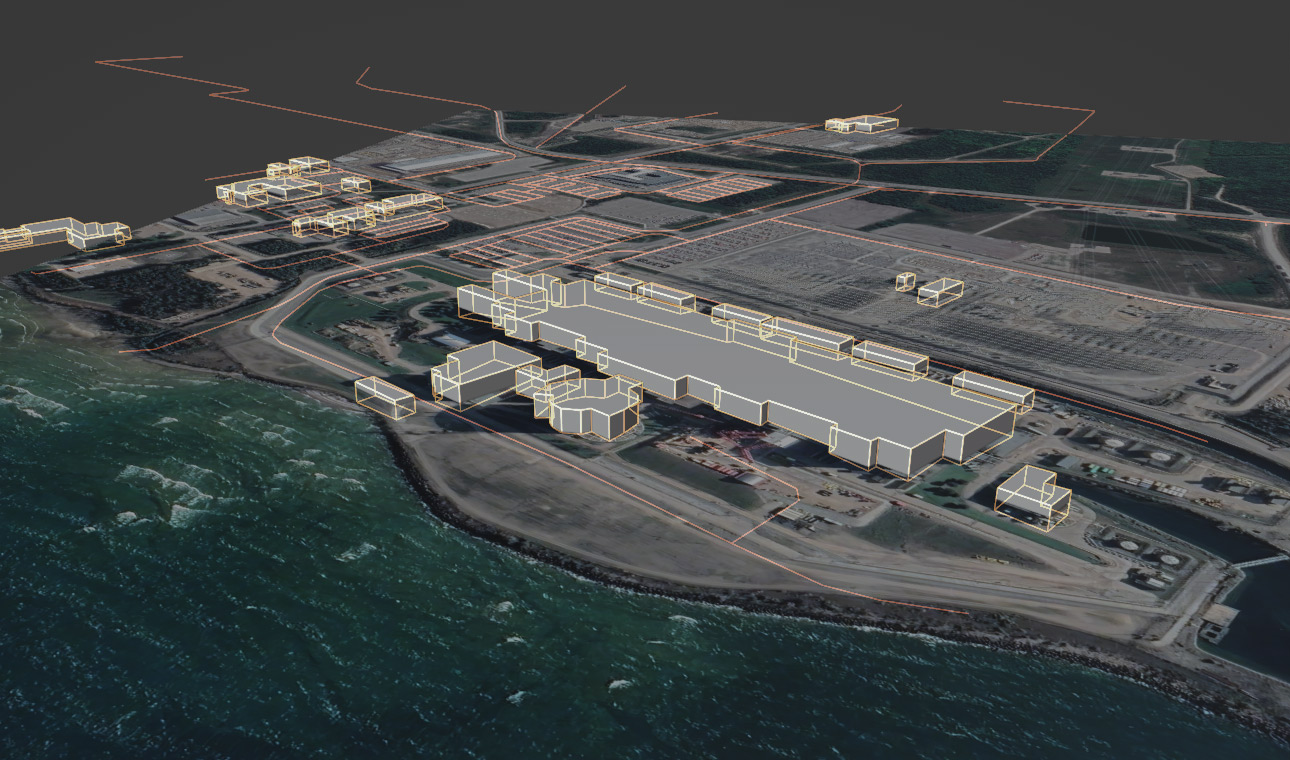
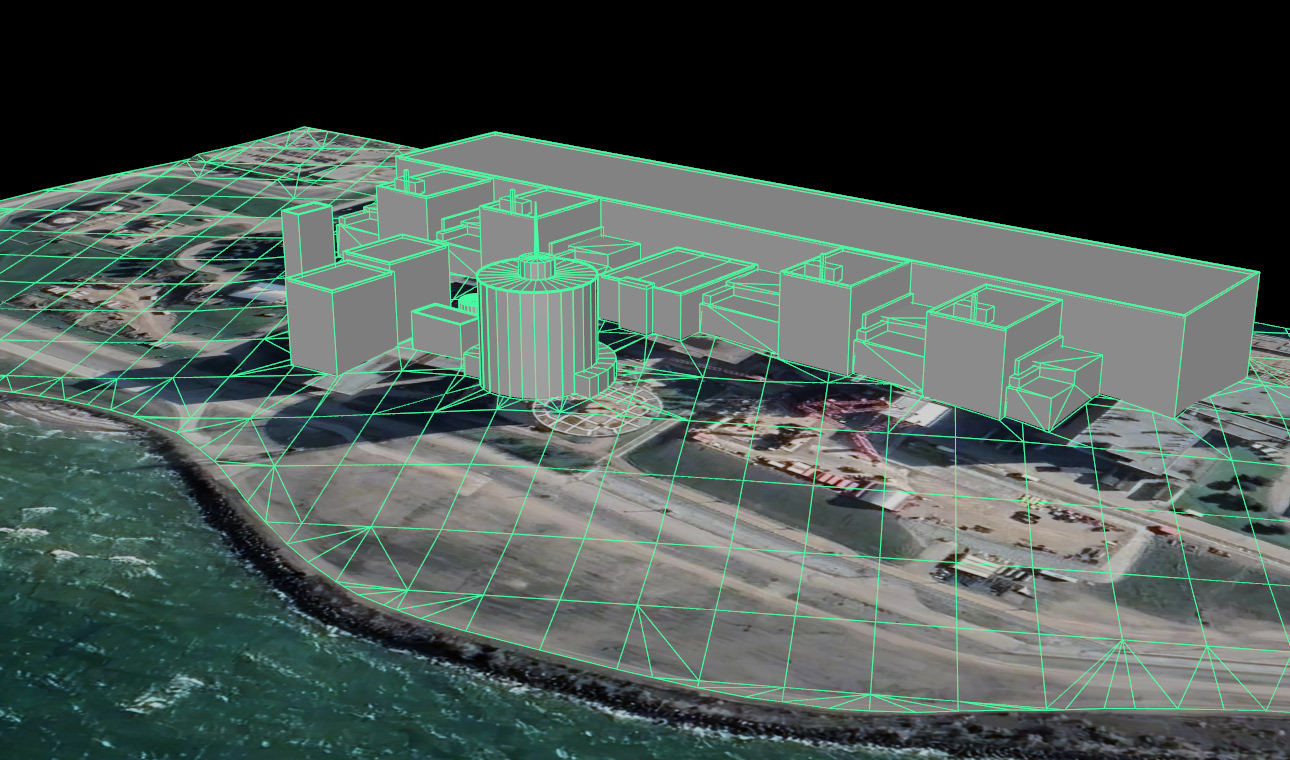
Verge3D software was used to create an interactive version on the web, which can be viewed by clicking on the image below.
Verge3D software utilizes code blocks, similar to MIT Scratch, in creating interactions. The image below illustrates the blocks created for the content above.
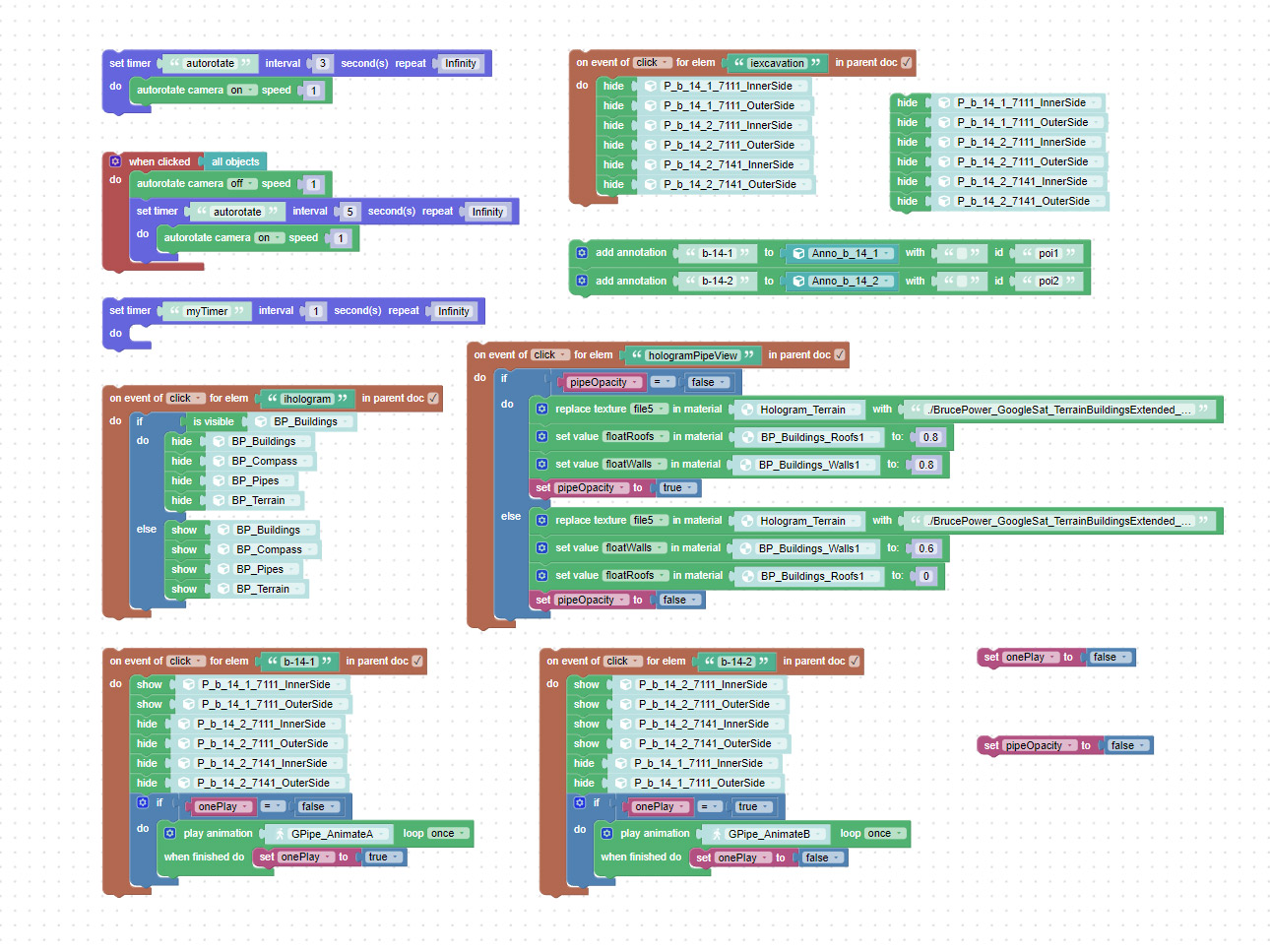
Initially, the plan was to render the following video frame by frame in Maya. However, due to time constraints, this was not possible. Therefore, the main models were purchased from the TurboSquid website, while the rest were created in Maya. The models and textures were then exported to Unity, where new materials, camera movement, and scene lighting were added. Finally, the output was done in real-time rendering.
Check out this LinkedIn post from Enerkin’s company page showing the initial version of the app at the IEEE/CVF conference.
If you have any questions or comments, feel free to contact me or leave them in the comments section below.
